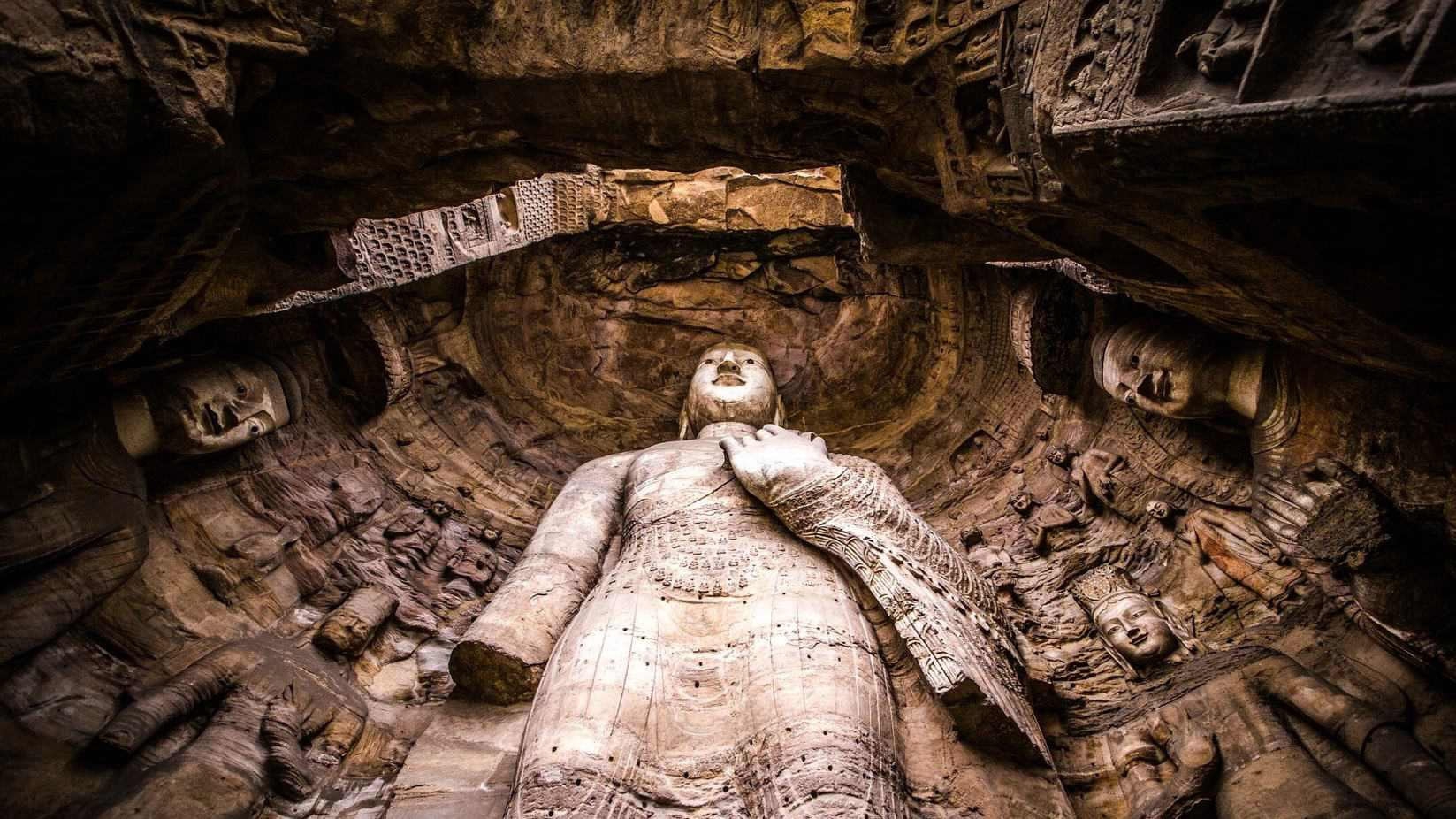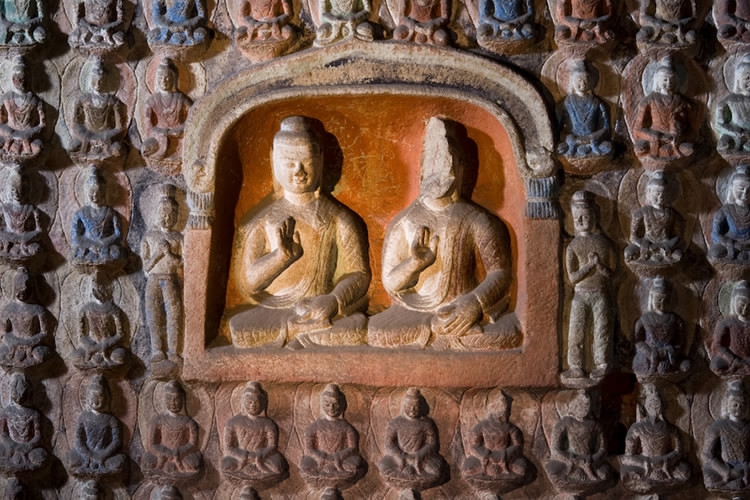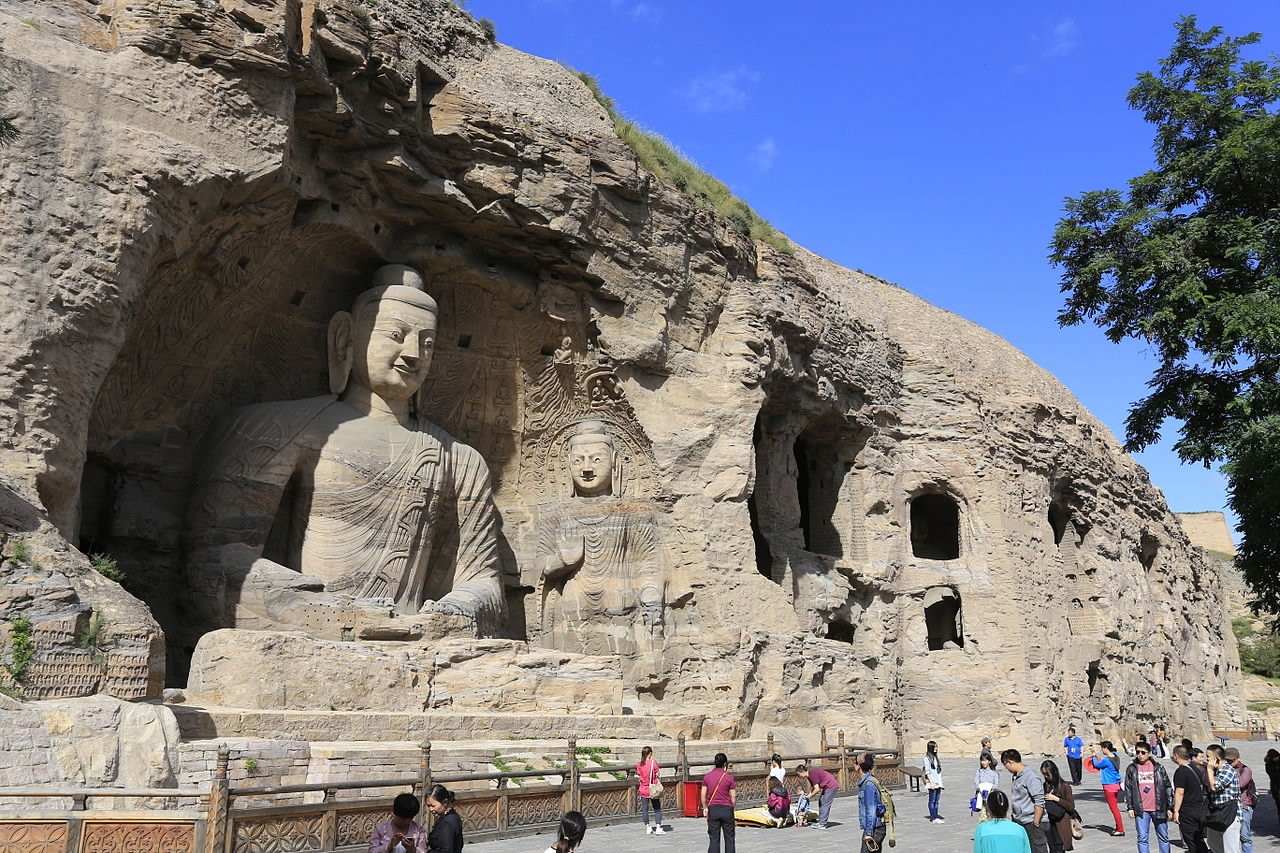
Culture
21:25, 27-Oct-2017
Across China: Digital tech helps recreate iconic carvings
CGTN

About 2,000 kilometers from a 1,500-year-old UNESCO World Heritage site, the Yungang Grottoes, twenty 3D printers have been working around the clock.
During the past five months, the machines at a workshop in China's southern city of Shenzhen have been producing full-size replicas of three Buddhist statues from a cave of the Yungang Grottoes in northern China's Shanxi Province.
The reproduced cave will be soon displayed in the eastern coastal city of Qingdao.
The grottoes contain more than 51,000 Buddha statues, with the largest 17 meters high and the smallest just two centimeters. However, the various works carved on loose rock will gradually disappear as a result of erosion.

A picture illustrates the inside view of the Yungang Grottoes. /Photo via lofter.com
A picture illustrates the inside view of the Yungang Grottoes. /Photo via lofter.com
"Even today, scientists are unable to stop the aging of the grottoes using chemical or physical methods," said Li Zhirong, an associate professor with a cultural heritage institute at Zhejiang University.
"Therefore, the best way to protect the grottoes is to preserve their information in a scientific, comprehensive and authentic way," said the archaeologist.
Using 3D scanners, the institute provided all the data needed for reproduction of the cave. For a 10-meter-high statue, the error in formation between the original work and the replica is less than 5 millimeters.
Digital technology has been implemented in other grotto and fresco projects of the institute.
Researchers with the institute replicated the No. 220 cave of the world-renowned Mogao Grottoes in Dunhuang in northwestern Gansu Province.

The Yungang Grottoes /Photo via Wikipedia
The Yungang Grottoes /Photo via Wikipedia
During the project, the team used newly-developed equipment to record every detail of the frescoes, which date back to the Tang Dynasty (618-907).
With the high resolution images, the team used software that automatically stitches them together to obtain a whole picture with high precision, according to Diao Changyu, a computer specialist.
Such technology can also solve many archaeological mysteries.
For example, the team helped identify a badly damaged stone tablet last year after collecting 3D images of it.
The 2.8-meter-high and 1.3-meter-wide tablet is perched on the ridge of the Jushi Mountain of Xinzhou in Shanxi. The characters on it are illegible due to natural erosion.
Using the high resolution images, researchers recognized the character "Jin." Later, they confirmed the tablet was constructed in the Western Jin Dynasty (265-316) to honor a general who pacified a group of rebels.
"The new technology can help us see many things that are invisible to the naked eye," said Qu Chuanfu, academic committee chairman of Shanxi Museum.
Source(s): Xinhua News Agency

SITEMAP
Copyright © 2018 CGTN. Beijing ICP prepared NO.16065310-3
Copyright © 2018 CGTN. Beijing ICP prepared NO.16065310-3